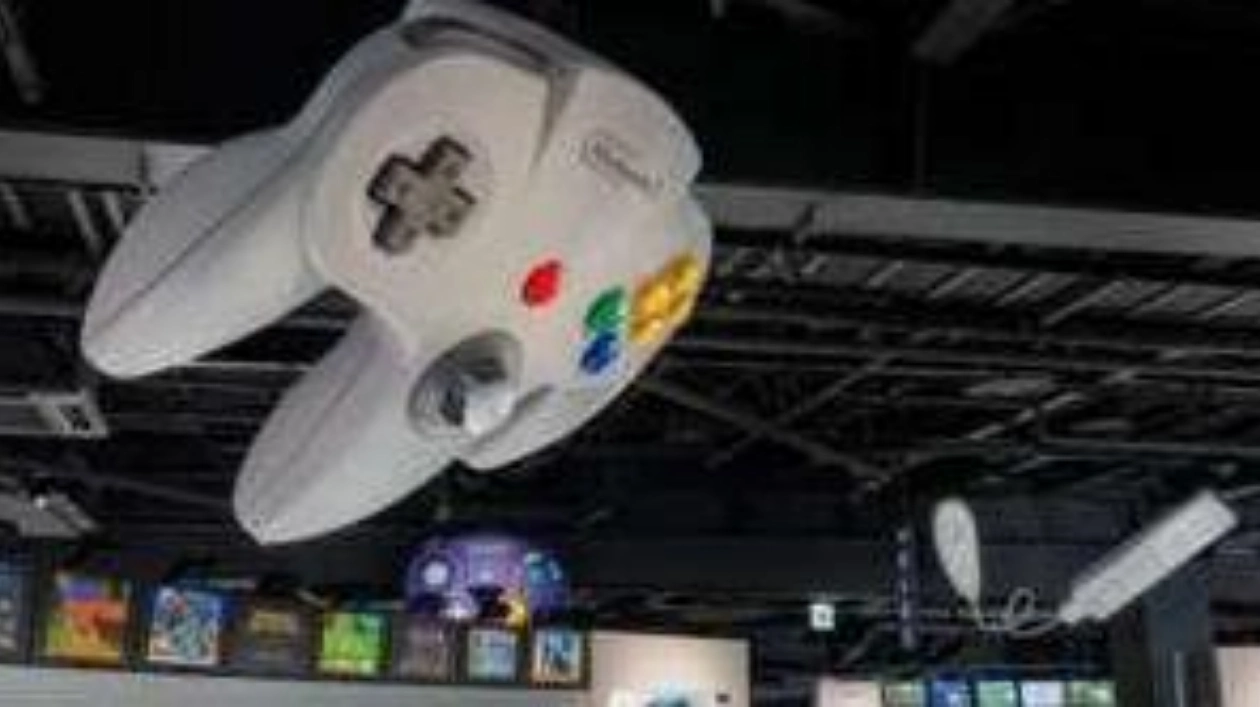Nintendo, more than any other game company, revels in its rich history. The NES library, for instance, has resurfaced across multiple console eras—remakes in Super Mario All-Stars, re-releases on Game Boy Advance, playable titles in Animal Crossing, the Wii Virtual Console, NES Remix on Wii U, and NES World Championships on Switch. Characters like Pauline from Donkey Kong have vanished and reappeared years later. For over two decades, the Super Smash Bros. series has acted as a digital museum, showcasing Nintendo's iconic characters, worlds, and franchises. Given this deep-rooted fascination with its past, it's intriguing that it took Nintendo so long to establish a physical museum. A week before its October 2 opening, I had the privilege of spending two days at the Nintendo Museum in Kyoto. As a lifelong fan who credits Nintendo with sparking my early interest in gaming, the experience was both profound and deeply personal.
Nintendo's first-party titles are renowned for their polished magic, so it's no surprise that the company's meticulous attention to detail extends to its physical space. Upon entering the main building, after passing the line of singing Toads, visitors are led into a dimly lit holding area where silhouettes of various Nintendo consoles light up in sync with their startup chimes. The escalator ride upstairs is accompanied by ambient console-menu music, setting the stage for the immersive experience ahead. The first exhibit element is a scoreboard-style box displaying startup screens of iconic consoles like the GameCube. The entrance replicates the feeling of turning on a Nintendo console, from the chime to the logo animation to the menu music.
Emerging at the top of the escalator, visitors are greeted with a 360-degree panorama of Nintendo's history. The transition from darkness to a vibrant array of sights and sounds is almost overwhelming. Game displays, massive controllers, and dozens of screens surround you. I found myself drawn to the Nintendo DS display, spending a few minutes absorbing the wall of game boxes before realizing I needed a plan to navigate the exhibits effectively. I decided to explore chronologically, starting with Nintendo's early history in toys and licensed products. My journey with Nintendo began in 1988 when I was four, so it was surreal to see Disney products and Twister boxes with Nintendo's logo. As a WarioWare enthusiast, I was thrilled to discover products that I had only known through minigames—the cowboy, Ultra Hand grabber toy, and Ultra Machine baseball launcher.
The museum's game displays occupy a significant portion of the exhibit space, each identifiable by the massive controllers looming overhead. I spent considerable time marveling at these controllers' accuracy in appearance and texture. Above each game display, numerous screens showcase gameplay from that console's titles. The directional audio feature is particularly impressive, with appropriate sounds playing depending on your viewing angle. Classic Nintendo tracks serve as background music, adding to the immersive experience.
The museum is light on traditional museum elements like text and descriptions, focusing instead on the outer-facing walls for details about sales, franchises, and console features. A clever display features eight adjacent screens representing Nintendo's consoles chronologically, synced to show how first-party franchises evolved over time. Nintendo's attention to detail is evident in the synchronization of specific gameplay moments across these screens.
The first floor offers interactive activities tied to Nintendo's history, resembling real-life minigames. These include batting cages, giant controllers, and a shooting gallery. Visitors use a museum pass loaded with 10 coins to participate, making choices about which experiences to enjoy. Two separate buildings offer additional interactive experiences, such as painting hanafuda cards and playing a tutorialized version of the card game.
The museum's gift shop is substantial, offering a wide range of Nintendo merchandise. I left with two giant bags of merchandise, realizing I'm the prime demographic for this museum. For lifelong fans like me, the experience can be truly touching, evoking personal memories and a deep appreciation for Nintendo's design philosophy and focus on fun.






